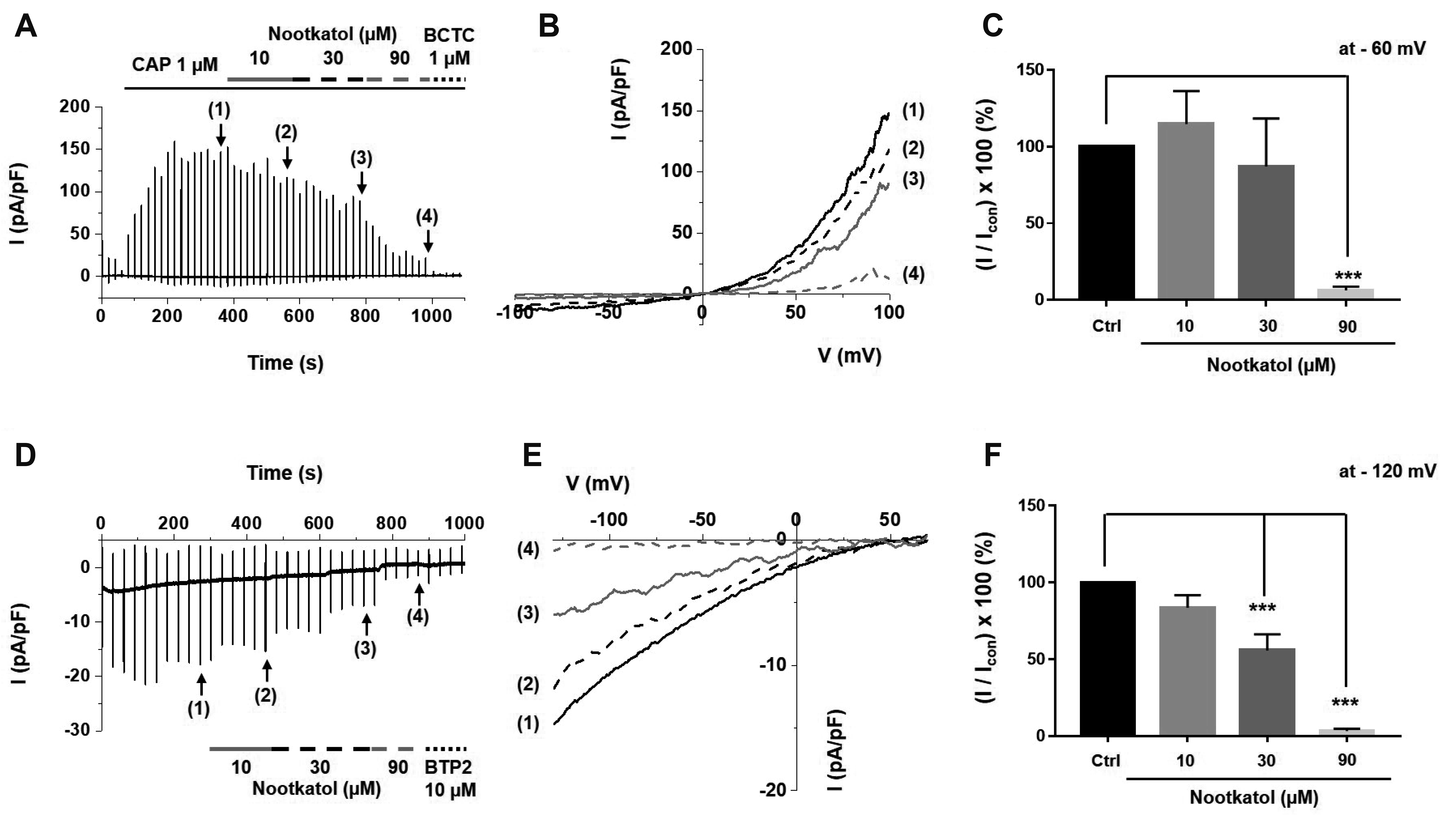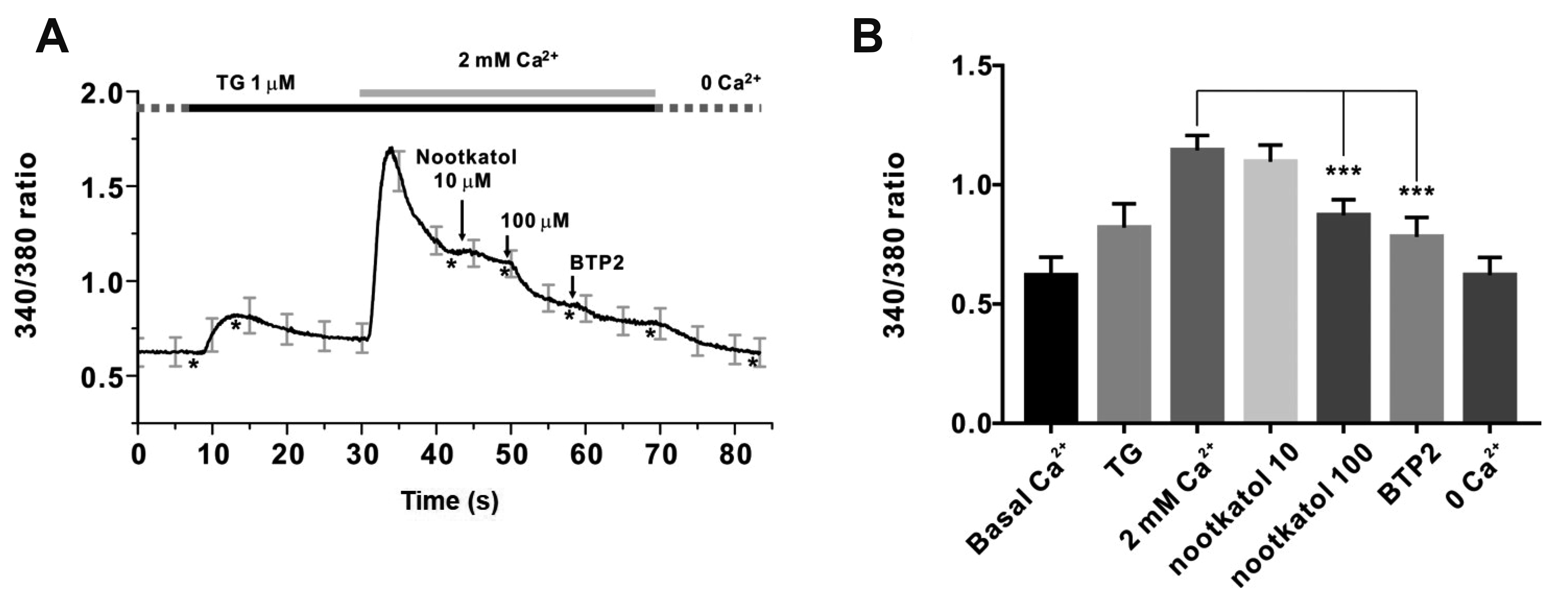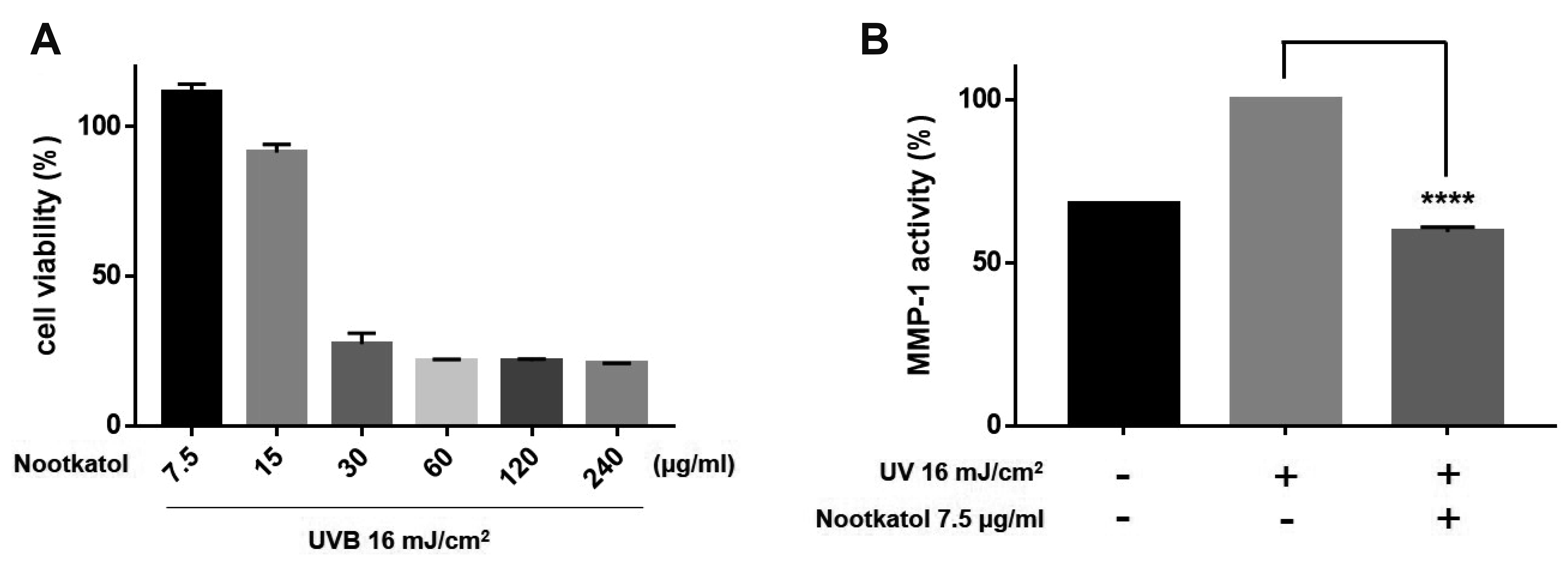2. Shanbhag S, Nayak A, Narayan R, Nayak UY. 2019; Anti-aging and sunscreens: paradigm shift in cosmetics. Adv Pharm Bull. 9:348–359. DOI:
10.15171/apb.2019.042. PMID:
31592127. PMCID:
PMC6773941.



3. Dobos G, Lichterfeld A, Blume-Peytavi U, Kottner J. 2015; Evaluation of skin ageing: a systematic review of clinical scales. Br J Dermatol. 172:1249–1261. DOI:
10.1111/bjd.13509. PMID:
25363020.


6. Amaro-Ortiz A, Yan B, D'Orazio JA. 2014; Ultraviolet radiation, aging and the skin: prevention of damage by topical cAMP manipulation. Molecules. 19:6202–6219. DOI:
10.3390/molecules19056202. PMID:
24838074. PMCID:
PMC4344124.



7. Rattanawiwatpong P, Wanitphakdeedecha R, Bumrungpert A, Maiprasert M. 2020; Anti-aging and brightening effects of a topical treatment containing vitamin C, vitamin E, and raspberry leaf cell culture extract: a split-face, randomized controlled trial. J Cosmet Dermatol. 19:671–676. DOI:
10.1111/jocd.13305. PMID:
31975502. PMCID:
PMC7027822.



9. Krutmann J, Morita A, Chung JH. 2012; Sun exposure: what molecular photodermatology tells us about its good and bad sides. J Invest Dermatol. 132(3 Pt 2):976–984. DOI:
10.1038/jid.2011.394. PMID:
22170486.


10. Park HY, Kosmadaki M, Yaar M, Gilchrest BA. 2009; Cellular mechanisms regulating human melanogenesis. Cell Mol Life Sci. 66:1493–1506. DOI:
10.1007/s00018-009-8703-8. PMID:
19153661.


11. Schieke SM. 2003; [Photoaging and infrared radiation. Novel aspects of molecular mechanisms]. Hautarzt. 54:822–824. German. DOI:
10.1007/s00105-003-0577-3. PMID:
12955258.

12. Choi TY, Park SY, Jo JY, Kang G, Park JB, Kim JG, Hong SG, Kim CD, Lee JH, Yoon TJ. 2009; Endogenous expression of TRPV1 channel in cultured human melanocytes. J Dermatol Sci. 56:128–130. DOI:
10.1016/j.jdermsci.2009.07.002. PMID:
19656659.


13. Kusumaningrum N, Lee DH, Yoon HS, Kim YK, Park CH, Chung JH. 2018; Gasdermin C is induced by ultraviolet light and contributes to MMP-1 expression via activation of ERK and JNK pathways. J Dermatol Sci. 90:180–189. DOI:
10.1016/j.jdermsci.2018.01.015. PMID:
29428815.


14. Kusumaningrum N, Lee DH, Yoon HS, Park CH, Chung JH. 2018; Ultraviolet light-induced gasdermin C expression is mediated via TRPV1/calcium/calcineurin/NFATc1 signaling. Int J Mol Med. 42:2859–2866. DOI:
10.3892/ijmm.2018.3839. PMID:
30226565.


15. Lee DU, Weon KY, Nam DY, Nam JH, Kim WK. 2016; Skin protective effect of guava leaves against UV-induced melanogenesis via inhibition of ORAI1 channel and tyrosinase activity. Exp Dermatol. 25:977–982. DOI:
10.1111/exd.13151. PMID:
27488812.


16. Nam JH, Lee DU. 2015; Inhibitory effect of oleanolic acid from the rhizomes of Cyperus rotundus on transient receptor potential vanilloid 1 channel. Planta Med. 81:20–25. DOI:
10.1055/s-0034-1383304. PMID:
25402944.


17. Nam JH, Lee DU. 2016; Foeniculum vulgare extract and its constituent, trans-anethole, inhibit UV-induced melanogenesis via ORAI1 channel inhibition. J Dermatol Sci. 84:305–313. DOI:
10.1016/j.jdermsci.2016.09.017. PMID:
27712859.


18. Nam JH, Nam DY, Lee DU. 2016; Valencene from the rhizomes of Cyperus rotundus inhibits skin photoaging-related ion channels and Uv-induced melanogenesis in B16F10 melanoma cells. J Nat Prod. 79:1091–1096. DOI:
10.1021/acs.jnatprod.5b01127. PMID:
26967731.


19. Motiani RK, Tanwar J, Raja DA, Vashisht A, Khanna S, Sharma S, ivastava S Sr, Sivasubbu S, Natarajan VT, Gokhale RS. 2018; STIM1 activation of adenylyl cyclase 6 connects Ca
2+ and cAMP signaling during melanogenesis. EMBO J. 37:e97597. DOI:
10.15252/embj.201797597. PMID:
29311116. PMCID:
PMC5830913.

20. Stanisz H, Stark A, Kilch T, Schwarz EC, Müller CS, Peinelt C, Hoth M, Niemeyer BA, Vogt T, Bogeski I. 2012; ORAI1 Ca
2+ channels control endothelin-1-induced mitogenesis and melanogenesis in primary human melanocytes. J Invest Dermatol. 132:1443–1451. DOI:
10.1038/jid.2011.478. PMID:
22318387.

21. Stanisz H, Vultur A, Herlyn M, Roesch A, Bogeski I. 2016; The role of Orai-STIM calcium channels in melanocytes and melanoma. J Physiol. 594:2825–2835. DOI:
10.1113/JP271141. PMID:
26864956. PMCID:
PMC4887671.

22. Lee YM, Kim YK, Chung JH. 2009; Increased expression of TRPV1 channel in intrinsically aged and photoaged human skin in vivo. Exp Dermatol. 18:431–436. DOI:
10.1111/j.1600-0625.2008.00806.x. PMID:
19161409.

24. Jiang SJ, Chu AW, Lu ZF, Pan MH, Che DF, Zhou XJ. 2007; Ultraviolet B-induced alterations of the skin barrier and epidermal calcium gradient. Exp Dermatol. 16:985–992. DOI:
10.1111/j.1600-0625.2007.00619.x. PMID:
18031457.


26. Tajima R, Oozeki H, Muraoka S, Tanaka S, Motegi Y, Nihei H, Yamada Y, Masuoka N, Nihei K. 2011; Synthesis and evaluation of bibenzyl glycosides as potent tyrosinase inhibitors. Eur J Med Chem. 46:1374–1381. DOI:
10.1016/j.ejmech.2011.01.065. PMID:
21334791.


29. Elsholz F, Harteneck C, Muller W, Friedland K. 2014; Calcium--a central regulator of keratinocyte differentiation in health and disease. Eur J Dermatol. 24:650–661. DOI:
10.1684/ejd.2014.2452. PMID:
25514792.

31. Lee AY. 2015; Recent progress in melasma pathogenesis. Pigment Cell Melanoma Res. 28:648–660. DOI:
10.1111/pcmr.12404. PMID:
26230865.


32. Schallreuter KU, Kothari S, Chavan B, Spencer JD. 2008; Regulation of melanogenesis--controversies and new concepts. Exp Dermatol. 17:395–404. DOI:
10.1111/j.1600-0625.2007.00675.x. PMID:
18177348.

33. Wicks NL, Chan JW, Najera JA, Ciriello JM, Oancea E. 2011; UVA phototransduction drives early melanin synthesis in human melanocytes. Curr Biol. 21:1906–1911. DOI:
10.1016/j.cub.2011.09.047. PMID:
22055294. PMCID:
PMC3586554.



34. Bellono NW, Kammel LG, Zimmerman AL, Oancea E. 2013; UV light phototransduction activates transient receptor potential A1 ion channels in human melanocytes. Proc Natl Acad Sci U S A. 110:2383–2388. DOI:
10.1073/pnas.1215555110. PMID:
23345429. PMCID:
PMC3568351.











 PDF
PDF Citation
Citation Print
Print


 XML Download
XML Download